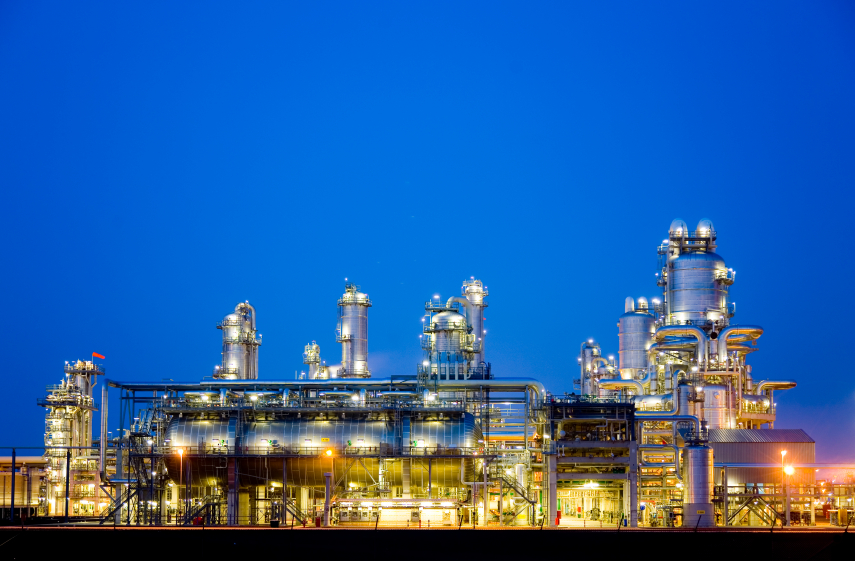
Latin America fuel supply hasn’t been able to meet the region’s fuel demand for the past several years mainly due to its refineries’ low utilization rates and a lack of investments in refinery upgrades and expansions. In addition, refining capacity has been insufficient in key Latin American countries. As a result, the region has been increasingly relying on fuel imports especially from the U.S. with imports touching ~5.5 million barrels per day in 2019, an increase of ~139% in the past decade. Mexico, Brazil, Chile, Ecuador, and Peru are the biggest Latin American countries accounting for ~75% ‒ 80% of the total U.S. fuel exports to the region. ADI will provide a snapshot of the refining industry landscape in these Latin American countries in a series of blogs starting with this one focusing on Brazil. These blogs draw on our extensive research and consulting on refining in Latin America including our recent multi-client study, “Market Outlook for U.S. Refined Products Exports to Latin America”.
Brazil has increased its fuel imports from the U.S. by almost 140% over the past five years (2015-19) and U.S. will continue to remain the major fuel supplier to the country in terms of volume. In 2019, Brazil imported 180,000 bpd of low-sulfur diesel from the U.S. to meet its low-sulfur Euro V standard diesel fuel demand. U.S. low-sulfur diesel export to Brazil is expected to pick up further as Brazil adopts Euro VI diesel fuel standard by 2022.
As Brazil continue to rely on imports to meet its fuel demand, the country has been adding fuel storage capacity since 2015 especially at its marine terminals. In total, there are 29 operators including Petrobras that have a total of 43 million barrels of fuel storage capacity at the major Brazilian ports (Exhibit 1).

Brazil accounts for a major share of Latin American population and fuel demand in the country has declined in recent years due to a poor economy. However, Brazil’s economy is rising again which will support growth in vehicle sales and consequently gasoline and diesel demand in the near-term. In particular, diesel demand in Brazil is expected to grow much faster than that for gasoline whose demand will be offset by Brazil’s new biofuel policy and rising share of ethanol in the growing number of flex-fuel vehicles. Brazil allowed sale of ethanol directly at its gas stations and more than 95% of gasoline vehicles in Brazil are flex-fuel vehicles today. But diesel demand in Brazil will remain supported by long haul freight through trucking amid limited rail capacity and growth in supply and exports of agricultural products. Further, demand for LPG in cooking will also pick up with the post-COVID GDP recovery.
Brazil has 18 oil refineries with ~2.3 million bpd of capacity with Petrobras owning 13 of them. Petrobras has been struggling with negative refining margins due to fuel subsidies, higher import prices, and falling supply. Lack of financial strength amid growing debt has hindered proper and timely maintenance at Brazilian refineries. As a result, Petrobras is currently focusing on its most profitable refineries and minimizing operations at the least profitable ones by selling eight of its refineries to raise capital. Further, in 2017, Brazil introduced international fuel price parity by removing subsidies to make local fuel production more profitable. In spite of all these efforts, Brazil is still likely to be reliant on U.S. fuel imports to cater to the country’s near-term fuel demand due to slower pace in sale and upgrade of existing refineries.
ADI’s recent multi-client study addresses several strategic questions on the outlook for U.S. fuel exports to Latin America through 2030 by analyzing the region’s fuel market drivers, refining capacity, utilization outlook, and export/import infrastructure analysis. The study provides fuel-wise and country-wise deep dives for Latin America with competitive strategies for U.S. fuel exporters. Download the study prospectus to learn more.
– Swati Singh



















